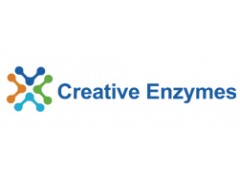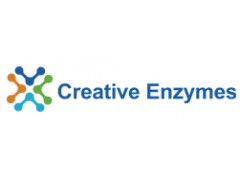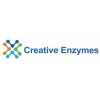Cat No.
NATE-0817
Description
Chymases are a family of serine proteases found primarily in mast cells, though also present in basophil granulocytes (e.g. alpha chymase mcpt8). They show broad peptidolytic activity and are involved in a variety of functions. For example, chymases are released by mucosal mast cells upon challenge with parasites and parasite antigens promoting an inflammatory response. Chymases are also known to convert angiotensin I to angiotensin II and thus play a role in hypertension and atherosclerosis. Because of its role in inflammation it has been investigated as a target in the treatment of asthma.
Abbr
CMA1, Recombinant (Human)
Alias
CMA1
Source
Pichia pastoris
Species
Human
Form
Supplied as a solution in 20 mM Tris, 0.8 M NaCl and 25% glycerol, pH 7.6.
Enzyme Commission Number
EC 3.4.21.39
Bio-activity
>40 units/mg protein
CAS No.
97501-92-3
Concentration
125-400 μg/ml
Molecular Mass
~30 kDa
Purification
>90% (SDS-PAGE)
Unit Definition
One unit hydrolyzes one micromole of N-benzoyl-L-tyrosine ethyl ester (BTEE) per minute at pH 7.8 and 25 °C. The assay buffer used to determine the enzyme activity contains 27 mM Tris-HCl, pH 7.8, with 150 mM NaCl and 0.43 mM BTEE.
Optimum pH
7.5-9.0
Inhibitors
soybean trypsin inhibitor, phenylmethylsulfonyl fluoride and chymostatin
Applications
Chymase has been implicated in generation of angiotensin II and cleavage of big endothelin. Studies indicate it may be involved in vascular proliferation, myocardial infarction and dermatitis. Human chymase has been used in a study to assess the effects of Panax notoginseng flower extract on the TGF-β/Smad signal transduction pathway in heart remodeling. Human chymase has also been used in a study to investigate the blood glucose level and survival in streptozotocin-treated human chymase transgenic mice.
Gene Name
CMA1
Synonyms
mast cell protease I; skeletal muscle protease; skin chymotryptic proteinase; mast cell serine proteinase, chymase; skeletal muscle (SK) protease; chymase; EC 3.4.21.39; 97501-92-3





